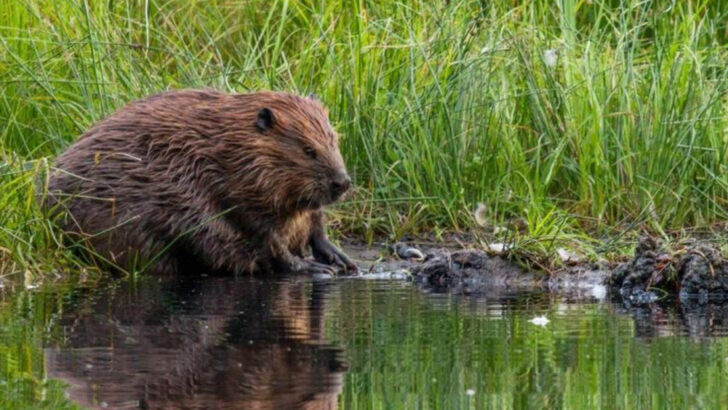They were once hunted to near extinction for their pelts—now they’re quietly fixing what humans broke. Beavers, the world’s most underestimated engineers, are staging a dramatic comeback. And they’re not just building dams—they’re bringing dried-out landscapes back to life, one lodge at a time. In places like the Czech Republic, these whiskered builders have done what entire government teams couldn’t: repaired wetlands, slowed erosion, and revived riverbanks. One beaver colony even saved the government over a million dollars by doing the job of a stalled water restoration project—all without a blueprint or a paycheck. These aren’t cute critters with funny tails. They’re climate warriors with teeth.
The Czech Beaver Miracle
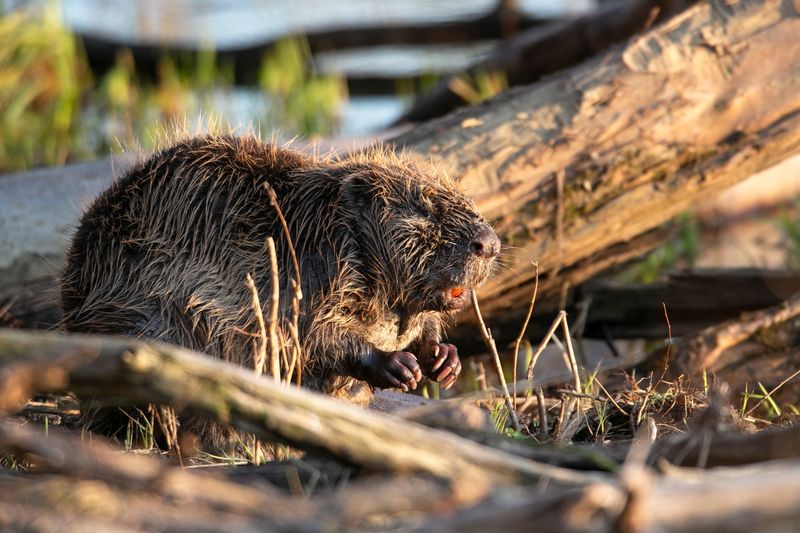
In the Czech Republic, beavers accomplished what humans couldn’t, completing a dam project stalled for seven years. This miraculous feat saved over a million dollars. The beavers constructed their dams overnight, creating lush wetlands that benefited local wildlife and the ecosystem. It’s a testament to nature’s ability to solve human problems efficiently.
The beavers’ work in the Czech region showcases their incredible engineering skills. By creating these dams, they provided habitats for numerous species, enhancing biodiversity. The beavers’ efforts underline the importance of preserving natural solutions in environmental management.
Bavaria’s Beaver Success
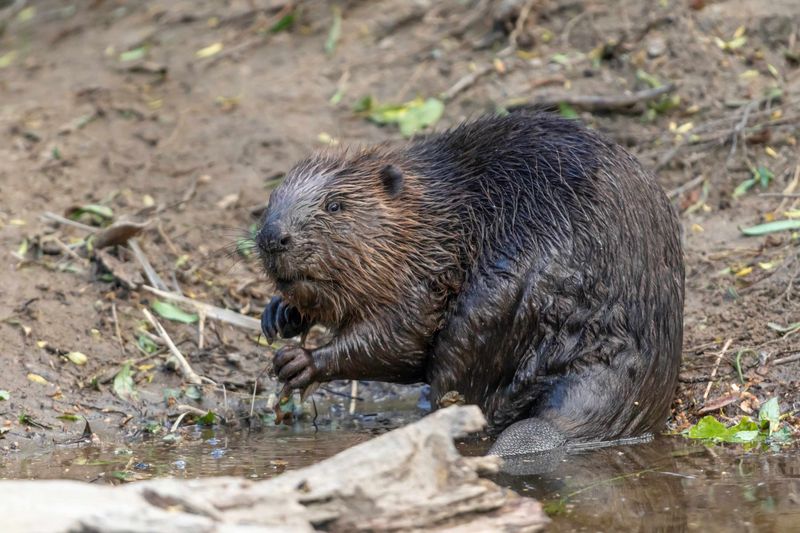
In Bavaria, beavers have become celebrated for their ecosystem-engineering prowess. Their dams create vibrant wetlands that support diverse wildlife, including aquatic insects, fish, and birds. These structures also act as natural firebreaks, offering protection to the surrounding areas.
The Bavarian beaver success exemplifies the harmonious relationship between nature and human communities. These rodents have quietly transformed landscapes, reducing flooding risks and enhancing water quality. As nature’s architects, beavers are an invaluable asset in maintaining ecological balance.
Their presence reminds us of the significance of preserving biodiversity.
The Enormous Canadian Beaver Dam
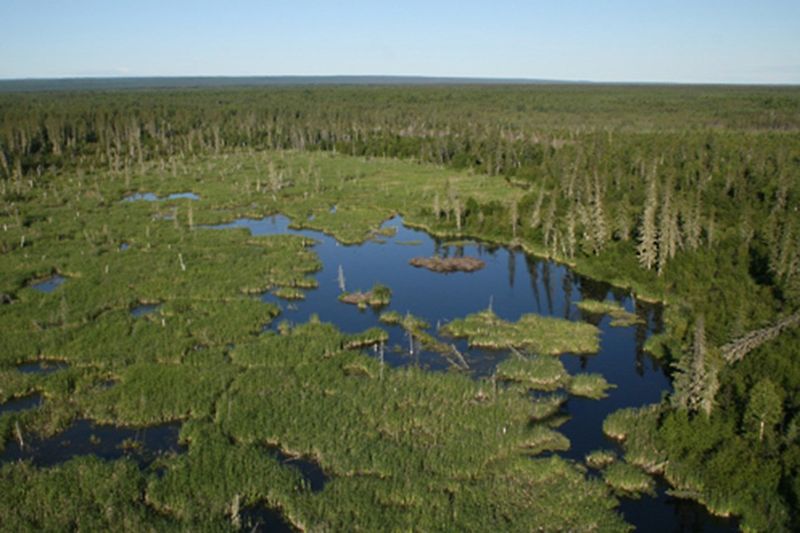
Deep in Canada’s Wood Buffalo National Park lies the largest beaver dam ever recorded. Spanning the length of seven football fields, it is a testament to the beaver’s remarkable engineering abilities. This colossal structure has created an expansive wetland visible from space.
The Canadian beavers’ monumental achievement has attracted researchers worldwide, eager to understand its ecological impact. The dam’s extensive ecosystem supports a diverse range of species, highlighting the crucial role beavers play in shaping natural landscapes.
This awe-inspiring feat underscores the importance of conserving these industrious animals.
Oregon’s Natural Water Filters

In Oregon, beavers are hailed as natural water filters. Their dams, constructed on a stormwater treatment facility, outperform human-built structures by effectively filtering pollutants. These natural filters have proven twice as efficient in removing heavy metals from the water.
Oregon’s beaver-engineered wetlands offer a sustainable solution for water purification. The beavers’ role as environmental custodians highlights their potential to reduce pollution and enhance water quality.
By showcasing nature’s ingenuity, these beavers remind us of the need to embrace environmentally friendly practices in managing our natural resources.
California’s Beaver-Dam Analogues
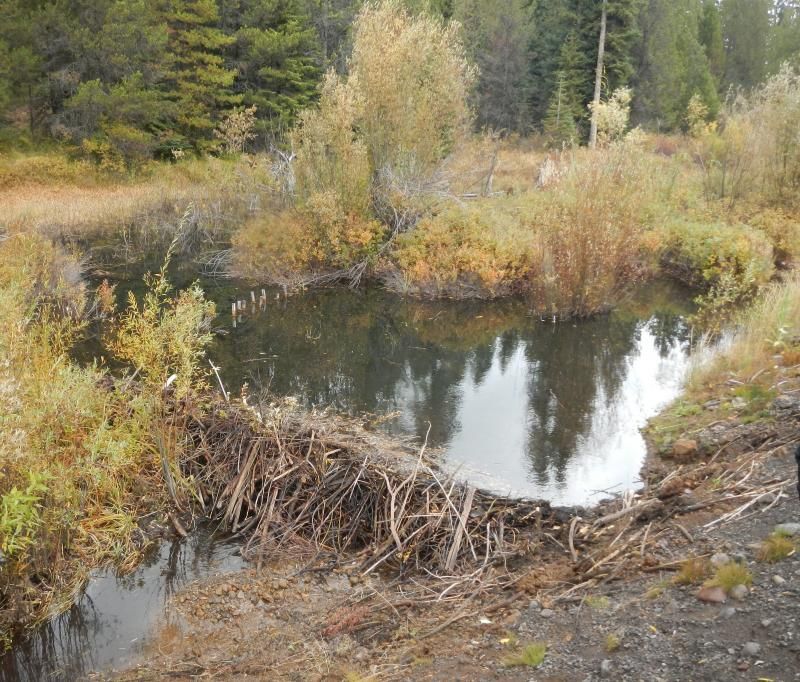
In California, innovative efforts have led to the creation of beaver-dam analogues. These human-made structures mimic beaver dams and have successfully lured beavers back to areas where their presence was once restricted. The analogues provide essential ecosystem services, such as water retention and habitat creation.
By building these structures, Californians have harnessed nature’s wisdom to address ecological challenges. The beavers, once returned, continue the work, restoring balance to the environment.
California’s beaver-dam analogues serve as a testament to creative conservation efforts and the power of collaboration between humans and nature.
Idaho’s Fire-Resistant Valleys

Idaho’s landscape vividly illustrates the resilience of beaver-engineered ecosystems. After the devastating Sharps Fire, valleys inhabited by beavers remained lush and green, contrasting starkly with the surrounding burnt landscapes. These resilient wetlands, created by beaver dams, acted as natural firebreaks.
The beavers’ role in preserving these valleys showcases nature’s ability to mitigate the impact of wildfires. Their presence not only protects the environment but also supports a diverse range of plant and animal species.
Idaho’s fire-resistant valleys exemplify the vital role beavers play in maintaining ecosystem stability.
The Return of Eurasian Beavers
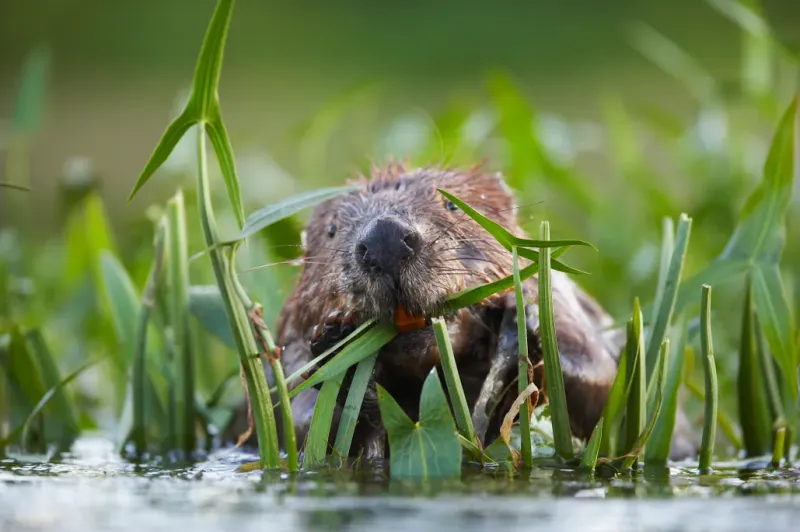
Once hunted to near extinction, Eurasian beavers are making a remarkable comeback across Europe. Reintroduction programs have successfully brought these rodents back to their native habitats, restoring ecological balance. Their return has led to the creation of vibrant wetlands that support diverse wildlife.
Eurasian beavers’ resurgence showcases the success of conservation initiatives aimed at preserving biodiversity. These industrious creatures continue to shape landscapes, creating habitats that benefit numerous species.
The return of Eurasian beavers symbolizes a triumph for conservationists and a hopeful future for Europe’s ecosystems.

